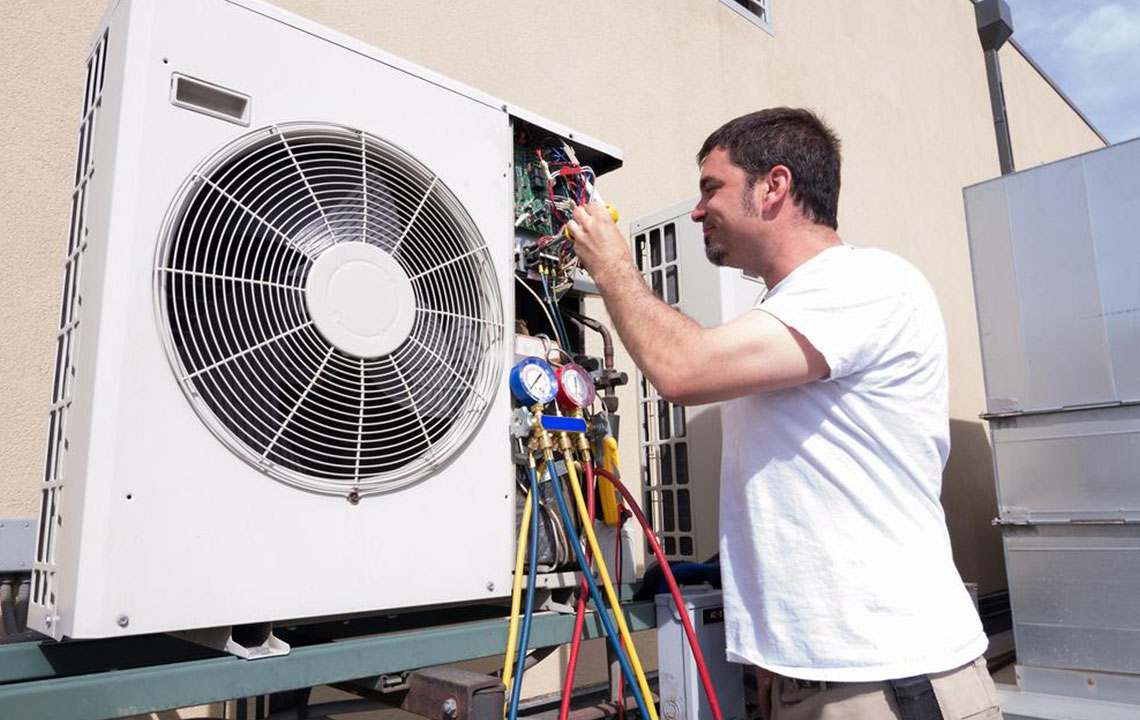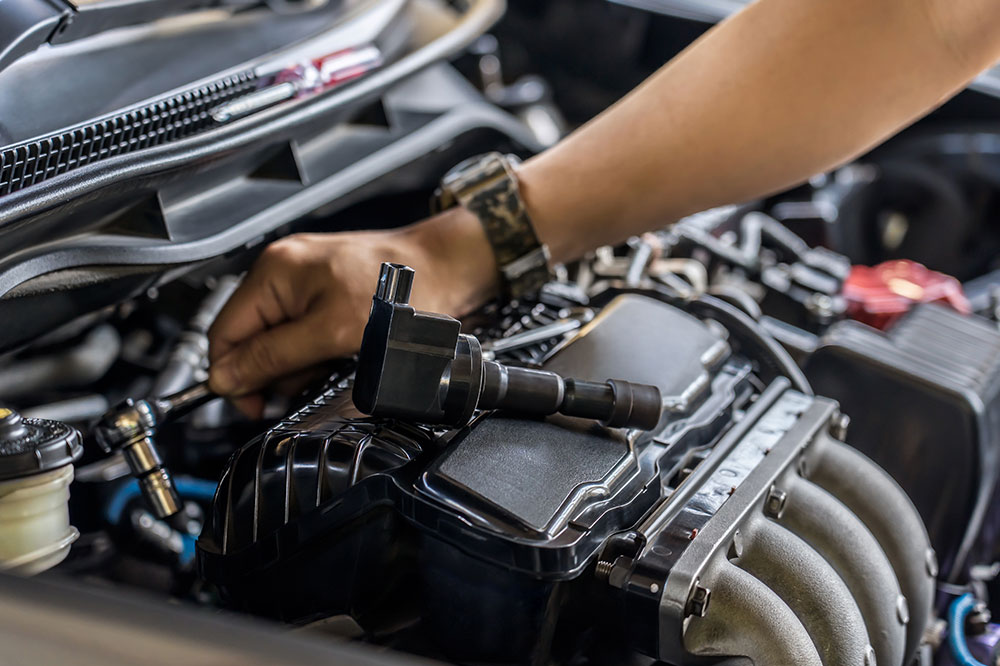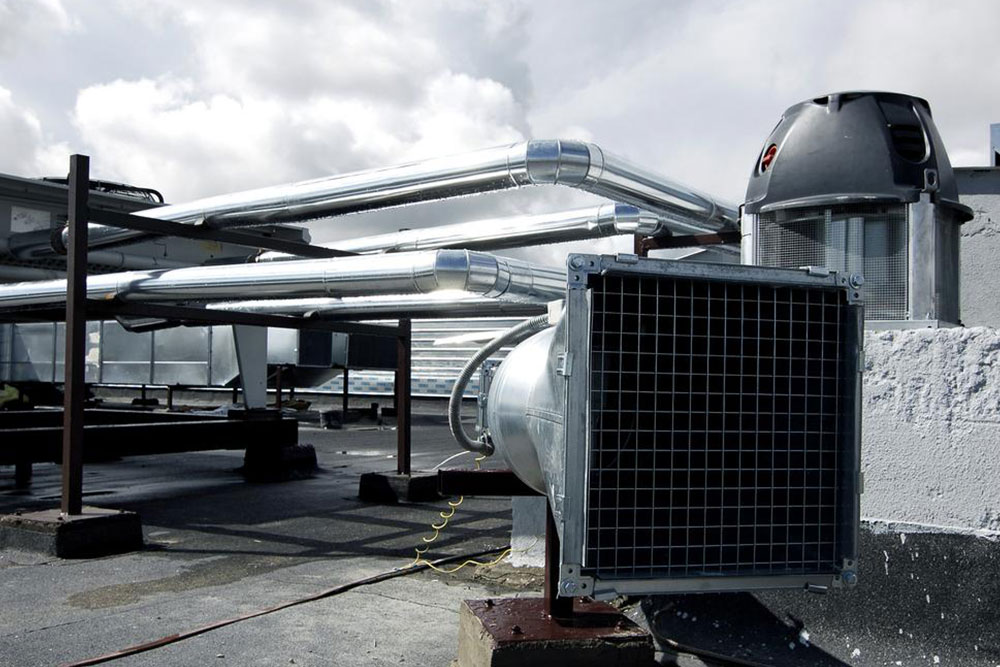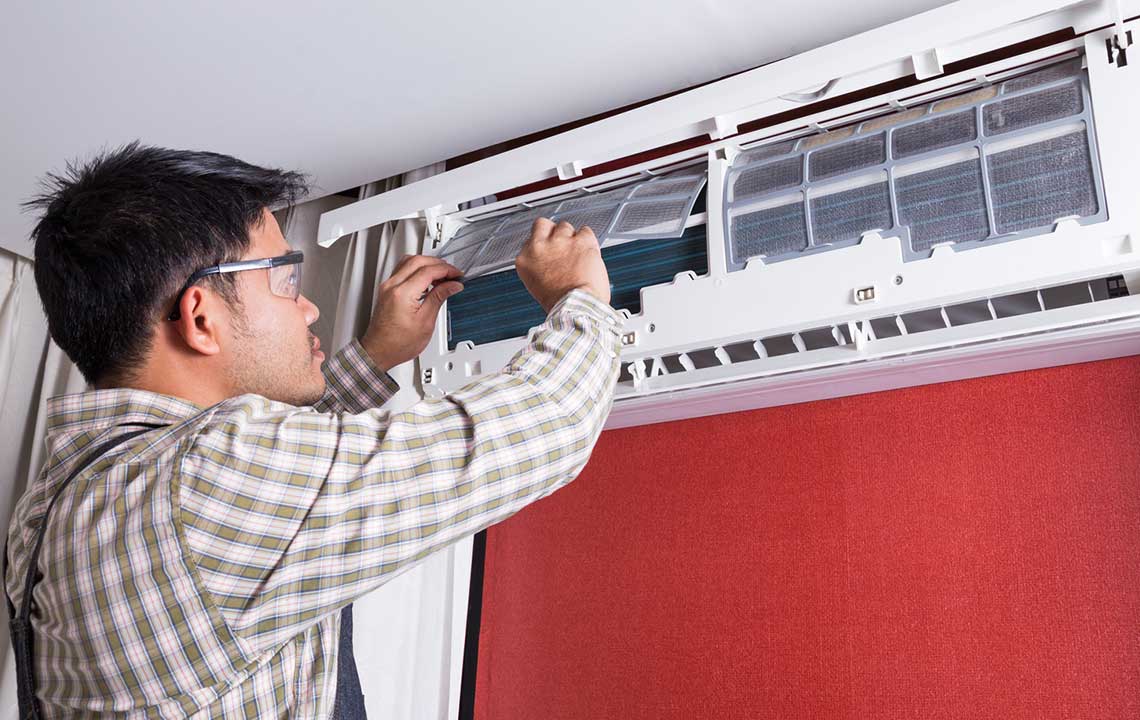Ultimate Guide to Seamless HVAC Maintenance for Long-Term Comfort
This comprehensive guide provides expert tips for hassle-free HVAC maintenance, emphasizing routine checks and cleaning to enhance efficiency, extend lifespan, and prevent costly repairs. From outdoor unit care to indoor duct cleaning, learn how regular maintenance can ensure year-round comfort and indoor air quality, saving money and reducing system downtime.
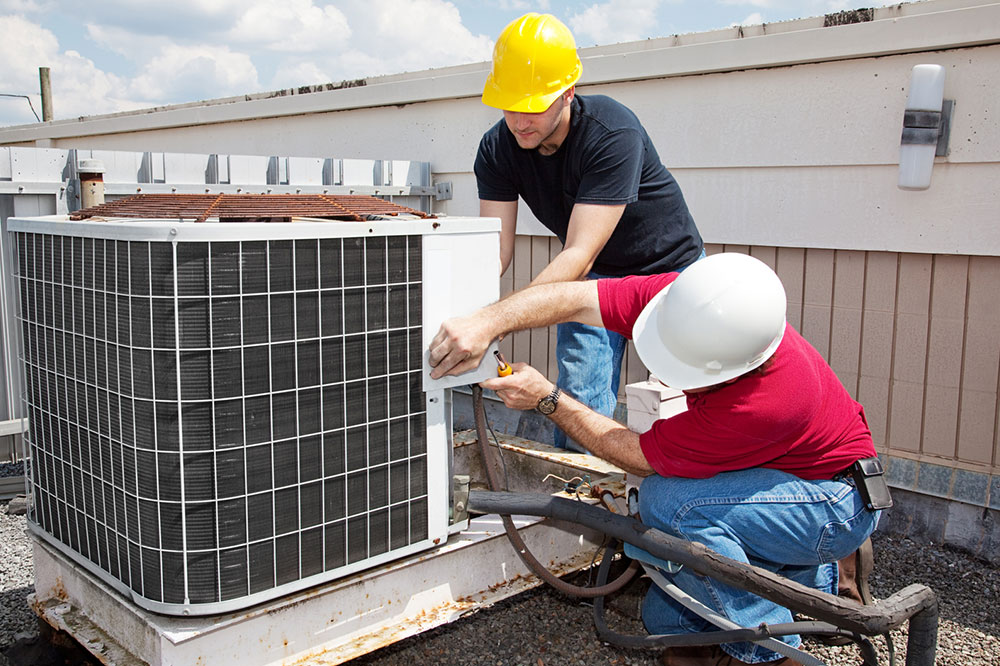
Ultimate Guide to Seamless HVAC Maintenance for Long-Term Comfort
Heating, ventilation, and air conditioning (HVAC) systems are essential components that ensure a comfortable and healthy indoor environment for both residential homes and commercial buildings. Proper maintenance of these systems not only guarantees consistent performance but also significantly extends their lifespan, helping property owners save money on costly repairs and premature replacements. Regular upkeep is crucial to prevent unexpected breakdowns, improve energy efficiency, and maintain optimal indoor air quality. This comprehensive guide highlights the critical steps and best practices to keep your HVAC systems running smoothly throughout the year, regardless of seasonal changes.
Keep the Outdoor Unit in Top Condition
Outdoor HVAC units house vital components such as compressors and pumps that are highly susceptible to environmental factors. Dirt, leaves, twigs, and debris accumulation can block airflow, leading to inefficiency and potential damage. To avoid these issues, it’s important to perform regular cleaning and inspections.
Clearing the surrounding area of your outdoor unit prevents blockages that can cause overheating or system strain. This includes removing fallen leaves, grass clippings, and other debris. A good practice is to clear the area every two weeks, especially during spring and fall when debris collection is higher. During peak seasons or extreme weather, weekly maintenance might be necessary to ensure unobstructed airflow, which directly correlates with the unit’s efficiency and longevity. Additionally, trimming nearby bushes and ensuring proper drainage prevents water accumulation and further protects the outdoor system from corrosion or damage.
Regular Replacement or Cleaning of Air Filters
One of the simplest yet most impactful maintenance tasks is checking and replacing air filters. Dirty filters restrict airflow, forcing the system to work harder, increasing energy consumption, and wearing out components prematurely. Filters should be inspected at least once a month and cleaned or replaced as needed.
If reusable filters are used, cleaning with water and drying completely before reinstalling ensures optimal airflow and indoor air quality. For homes with pets, individuals sensitive to allergens, or high indoor pollutant levels, more frequent filter changes are advisable—every 2 to 4 weeks. Investing in high-quality filters can also enhance filtration efficiency and improve overall indoor air health, which benefits allergy sufferers and allergen-sensitive individuals.
Monitor and Maintain Coolant Levels
Air conditioning units rely on refrigerant, commonly referred to as coolant, to produce cooled air. Low coolant levels degrade system performance, cause leaks, and lead to higher energy consumption. Regularly checking these levels is essential to prevent sudden system failures.
System owners should schedule professional refrigerant inspections during regular maintenance visits. Technicians can identify leaks and recharge the coolant, ensuring efficient operation. Proper coolant levels not only improve comfort but also reduce strain on the compressor, extending its lifespan. Keep an eye out for signs of low coolant, such as insufficient cooling, odd noises, or cycling issues, and address these promptly to avoid costly repairs down the line.
Clean Indoor Vents and Air Ducts
Indoor air distribution relies on a system of vents and ductwork that should be regularly maintained for optimal airflow and air quality. Dust, pet dander, and debris can accumulate within these components, leading to uneven heating or cooling and potential allergen buildup.
Cleaning vents with a vacuum or using vent brushes helps remove surface dust and dirt. For thorough cleaning, professional duct cleaning services can eliminate deep-seated debris and mold, improving indoor air quality. Clean vents also facilitate easier system troubleshooting, as blocked vents can conceal underlying duct issues like leaks or disconnections. Regular inspections help detect leaks or damage early, allowing timely repairs and reducing energy waste.
Inspect and Maintain Ductwork
Properly sealed and insulated ductwork is critical for the efficient distribution of conditioned air. Over time, ducts can develop leaks, cracks, or corrosion, which diminish system efficiency and drive up energy costs.
Routine inspections should include checking for visible damages, sealing leaks with appropriate duct sealants, and insulating exposed ducts in unconditioned spaces. Dust and debris removal from ducts further enhances airflow. Well-maintained duct systems reduce load on the HVAC unit, extend component life, and lead to significant energy savings. Additionally, sealing leaks prevents conditioned air from escaping into unoccupied spaces, maintaining desired temperature levels efficiently.
Leading HVAC service providers such as All Pro Air, Hill-Air Heating & Conditioning, Bob’s Heating and Air Conditioning, Greenwood Air, Johnny On the Spot, and Service King LLC offer comprehensive preventive maintenance packages tailored to meet different needs and budgets. Basic tune-up services typically range from $50 to $200, focusing on system checks and minor repairs. More extensive service contracts, costing between $100 and $500, include detailed inspections, component replacements, and priority emergency services.
Scheduling bi-monthly professional maintenance sessions can prevent unexpected breakdowns, optimize energy efficiency, and prolong the lifespan of your HVAC system. Regular maintenance is an investment that yields long-term savings and dependable comfort year-round. Follow these best practices and partner with trusted service providers to enjoy hassle-free HVAC operation, improved indoor air quality, and significant energy savings over time.

